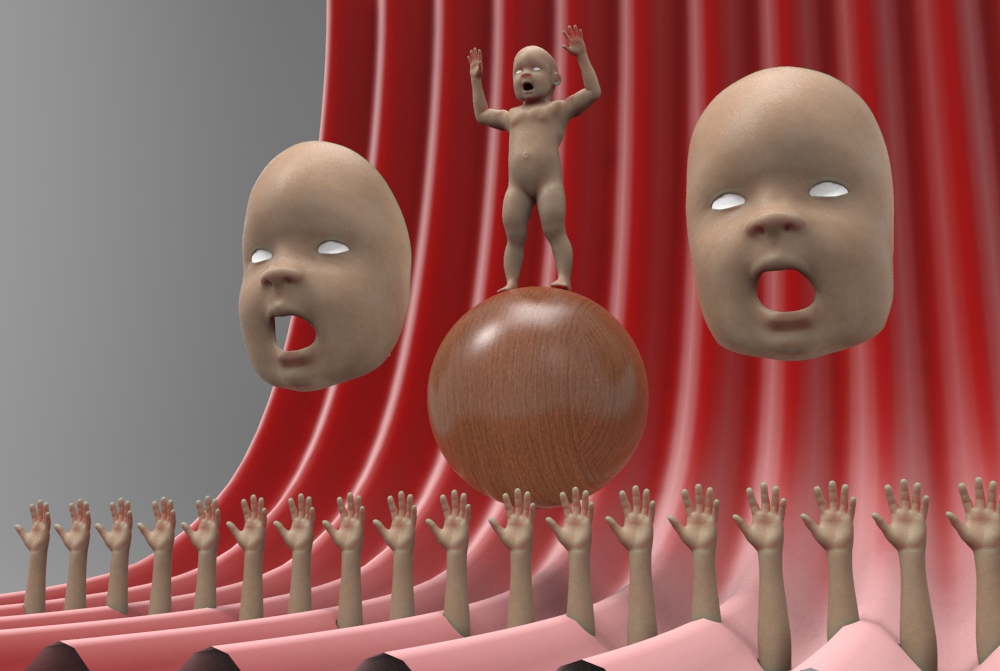Finished model:
Process images:
Finished model:
Process images:
The T-Splines crash course file can be found HERE. You’ll need to download this file to your desktop, extract the contents, then open the Rhino file contained within the folder.
For easy access, here are screenshots of some of the first instructions covered in this crash course:
Notes:
For more information, refer to the T-Splines user manual, or the starter guide.
Images:
Video:
If video fails to load, click here: http://digitalsculpture1.blogs.bucknell.edu/t-splines-introductory-exercises/
Project summary:
3D scanning:
Google 3D Warehouse:
MeshMixer:
“Converge: Ghraib Bag” was included in the Museum of Art & Design’s “Out of Hand: Materializing the Post Digital” exhibition. This project consisted of the sculpture shown above and the animation included below.
Hybrid examples — see also: “strange hybrid sculptures” google image search

Makehuman
Basic method:
To avoid the step of adding the custom files, you can simply work with a basic male, female, or baby figure that the professor created. These figures are all saved in Blender format, so you can open them directly in that program. Note that the figures rigged with MHX are easier to pose. Access the basic figures here.
Advanced method (not recommended for students):
This free program can be used to generate a custom human figure that you can then pose in Blender. To use this program in your workflow, a few custom files have to be installed on your computer to allow MakeHuman to export in the correct format and allow Blender to import–the installation of the custom files is outlined on this site: https://thomasmakehuman.wordpress.com/mhx2-documentation/
Once the custom files are installed, do the following to create a custom human figure:
Go to the start bar and launch Makehuman
Use the program to customize a human figure
When finished, click: files > export > and select Blender exchange (mhx) format
Enter a file name and click the export button
Blender
In Rhino